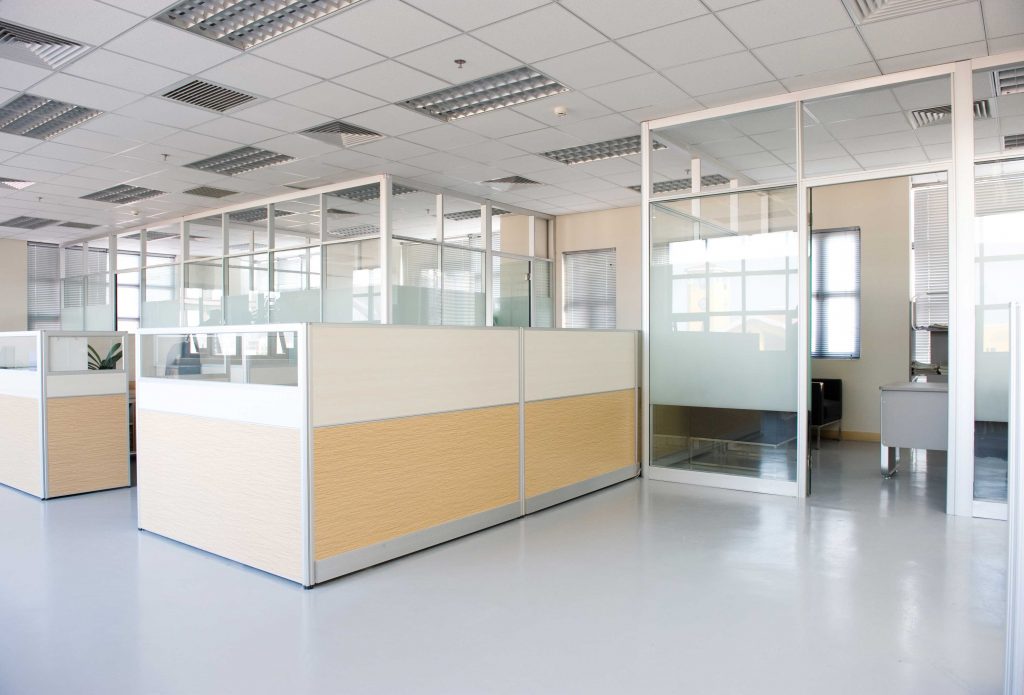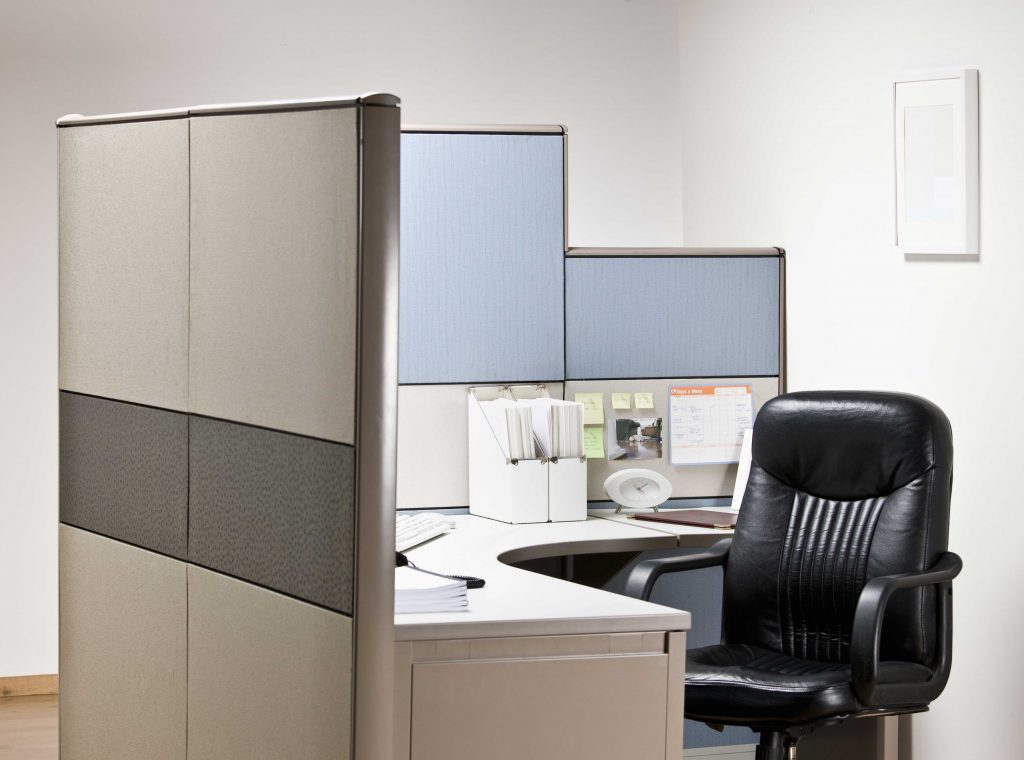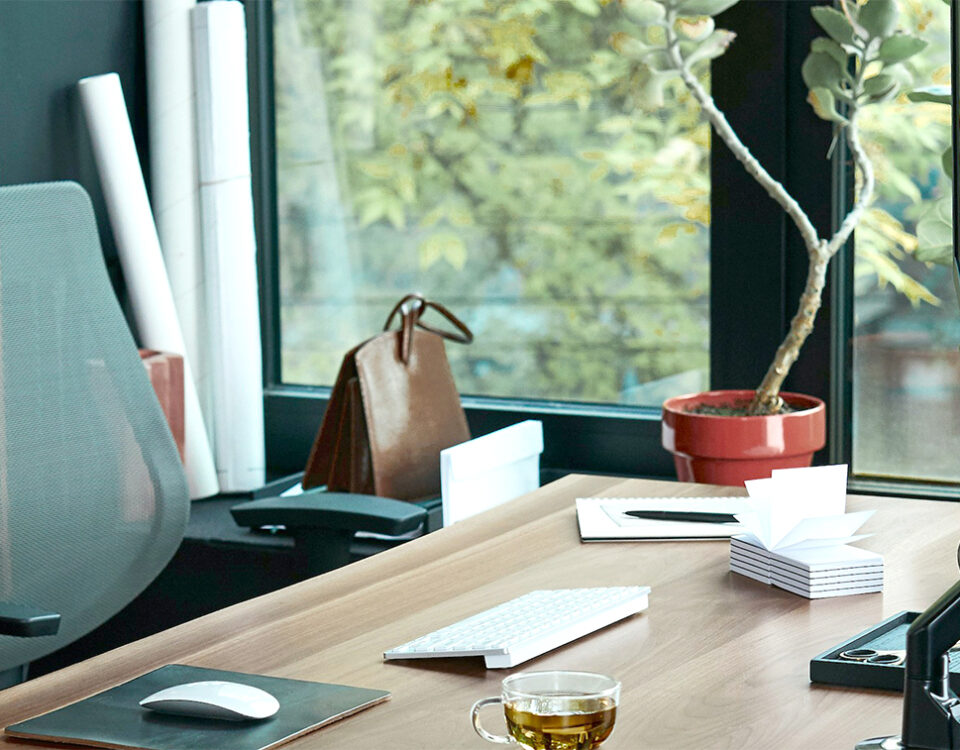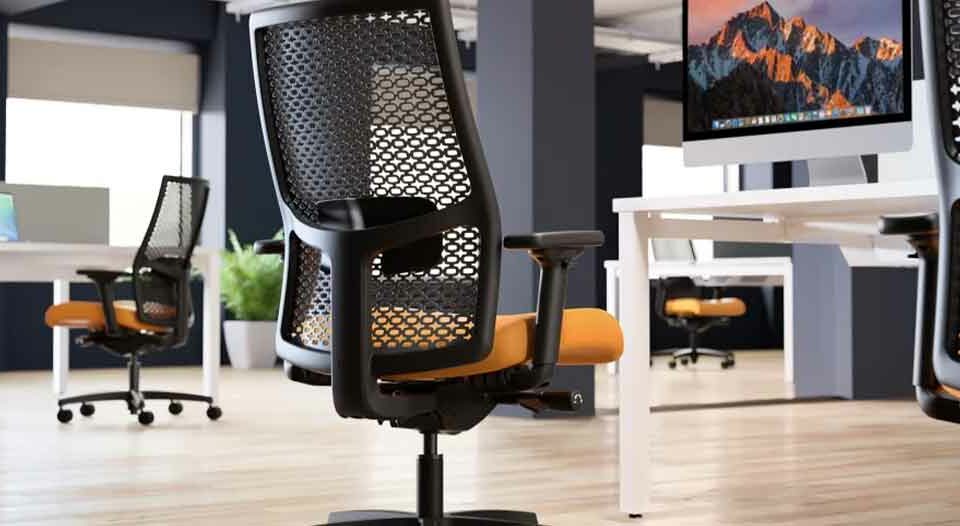The Return to Seated Privacy in the Workplace

Workplace Essentials For Your New Office Space
September 29, 2022
Designing Your New Office: Step by Step
January 25, 2023Seated Privacy: The New Standard
As the return to workplace normality continues, many workers are demanding one thing as they come back to the office: seated privacy. Companies have long looked to optimize their offices by implementing open layouts, allowing for a maximum number of workers. And the relatively new practice of “hot desking” seemed like a natural fit for hybrid offices trying to conserve space.
But after months or years of working from home, employees have a greater expectation of privacy in the workplace. That may sound like a big ask, but the fact is a sense of privacy contributes to employee morale and productivity. How do you keep your employees happy, and your office functional?
Let’s explore the importance of returning to the workplace, the potential detriments of open-concept office spaces, and the benefits of offering employees privacy.
Benefits of Returning to the Workplace
You probably know someone who swears they’re never going back to the office. While the WFH lifestyle may be fine for a few, there are numerous benefits to working in a traditional space. Our innate need for socialization helps to foster empathy and happiness. Interacting face-to-face with colleagues and customers can have a profoundly positive impact on mental health. The ever-important Work-Life Balance is easier to manage when there is a concrete difference between your workplace and your home. And the simple exercise of traveling to and from an office gives basic structure to your day, allowing you to more easily adhere to a healthy routine.

Closing the Door on the Open Office
Getting your employees into the office is one thing, keeping them happy is another. While open office layouts allow for a maximum number of employee workstations, they don’t always improve morale. An open office can suffer from a lack of personal storage space. Workers may also struggle to find appropriate places for private conversations or important phone calls. The noise pollution of an open office makes it difficult for some people to focus. In the end, an open office plan is not always the best solution.
Hot Desks: Fad or Future?
A hot desk is a shared workspace that is available when an employee needs it. Hot desks are usually arranged in a continuous row of desks and workers can pick which one to use on any given day. This is a popular way to cut leasing costs by preventing empty and unused workspace in a hybrid office.
For a hybrid work environment where you may not know exactly how many employees will be coming in each day, implementing Hot Desks may seem like the answer. While many offices will benefit from maintaining a few hot desks for visiting workers, as people who regularly come to the office expect a certain level of ownership over their workspace.
A complete lack of privacy and personal space, a feeling of chaos at the beginning of the day as employees hustle for “the good desks,” and the inability to work uninterrupted will likely not add up to equal a productive day. Whatever their benefit to the bottom line, hot desks do not always keep the majority of workers happy.

The Big Benefits of Privacy
Let’s state it plainly: Privacy in the workplace is beneficial to morale and productivity. It promotes productivity by providing a space that is conducive to focused work and comfort. Privacy helps to maintain employee morale by giving workers the ability to have some measure of control over their environment. The typical open office allows workers an average of less than three feet of horizontal workspace. After that, even just having space for their coat, bag, and coffee can seem like a luxury. And what’s the ultimate benefit of all this comfort your workers are enjoying? Productivity! It’s easy to believe that employees are more productive when they are not interrupted by their surroundings, the din of office noise, or other people.
Bringing Privacy Back to the Office
There are plenty of simple, low-cost ways to add privacy to the office. Believe it or not, the cubicle, once dreaded as a mark of corporate anonymity, is now seen as a commonsense way to create individual spaces for workers, while still allowing them to see and easily connect with each other.
An office’s ability to be flexible and change is a requirement in the modern business space. The addition of dividers, partitions, or screens can add to the sense of privacy in an office without sacrificing any of the flexibility of an open office; simply allow employees to move and create the spaces they need for the tasks at hand. And sound-absorbing panels placed on walls or ceilings are an incredibly effective way to cut down on noise pollution in the office.
Another way to promote productivity and employee health? Add some green!




